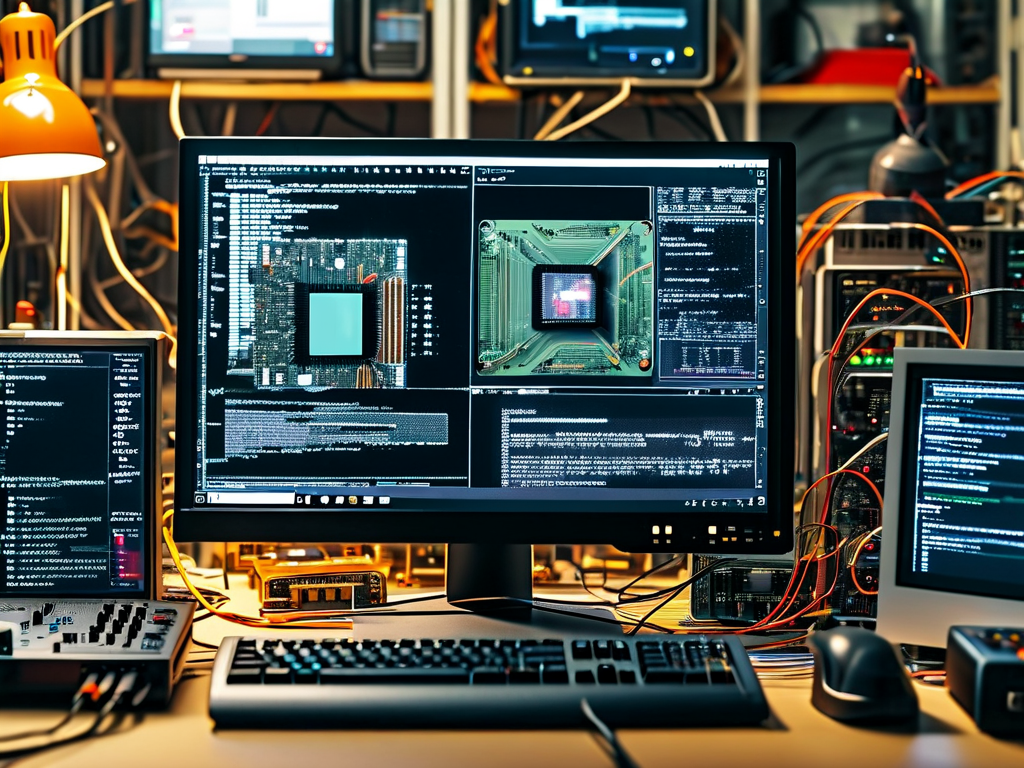Embedded systems development is a specialized field that combines hardware and software engineering to create efficient, real-time solutions. While rewarding, it introduces unique challenges that developers must navigate to deliver reliable products. Below, we explore frequent issues encountered in embedded projects and practical strategies to address them.
1. Hardware Resource Constraints
Embedded devices often operate with limited memory, processing power, or energy budgets. For example, a smart sensor might have only 256 KB of RAM and a low-power microcontroller. Developers must optimize code rigorously to avoid bottlenecks. Techniques like static memory allocation, loop unrolling, or using lightweight algorithms (e.g., fixed-point arithmetic instead of floating-point) can conserve resources. Consider this code snippet for memory-efficient data processing:
#define BUFFER_SIZE 64
static uint8_t sensor_data[BUFFER_SIZE]; // Pre-allocated memory block
void process_data() {
for (int i = 0; i < BUFFER_SIZE; i++) {
sensor_data[i] = read_sensor() & 0xFF; // Bitwise optimization
}
}
2. Real-Time Performance Demands
Many embedded systems, such as medical devices or industrial controllers, require deterministic response times. Missing deadlines can lead to system failures. To achieve real-time performance, developers often employ Real-Time Operating Systems (RTOS) or bare-metal schedulers. Prioritizing tasks, minimizing interrupt latency, and using hardware timers are critical. For instance, configuring a timer interrupt on an ARM Cortex-M chip ensures periodic task execution:
void TIM2_IRQHandler() {
if (TIM2->SR & TIM_SR_UIF) {
TIM2->SR &= ~TIM_SR_UIF;
execute_critical_task(); // Time-sensitive function
}
}
3. Cross-Platform Compatibility
Embedded projects frequently involve multiple toolchains, architectures, and vendor-specific SDKs. A driver written for an ESP32 might not work on a STM32 chip without modification. Adopting hardware abstraction layers (HAL) or middleware like ARM Mbed OS can standardize access to peripherals. Additionally, leveraging CI/CD pipelines with emulators helps validate code across targets early in development.
4. Debugging Complex Interactions
Troubleshooting embedded systems is notoriously difficult due to limited visibility into hardware states. Traditional print-based debugging may disrupt timing-sensitive operations. Instead, use on-chip debugging tools like JTAG/SWD probes or logic analyzers. For example, tracing GPIO pin states with a Saleae logic analyzer can reveal timing mismatches in communication protocols like I2C.
5. Power Management Optimization
Battery-powered devices demand meticulous power management. Developers must balance performance with energy efficiency. Techniques include clock gating, sleep modes, and dynamic voltage scaling. On a Nordic nRF52 chip, activating "System OFF" mode reduces current draw to microamps:

void enter_low_power() {
NRF_POWER->SYSTEMOFF = 1; // Deep sleep mode
__WFE();
}
6. Firmware Update Reliability
Delivering secure and fail-safe over-the-air (OTA) updates remains a hurdle. A dual-bank flash architecture ensures redundancy—if an update fails, the device reverts to the previous version. Cryptographically signed firmware packages prevent unauthorized code execution.
7. Thermal and Environmental Factors
Embedded systems deployed in harsh environments face temperature extremes or EMI interference. Conformal coating, watchdog timers, and redundant sensors improve resilience. For example, a temperature monitor in an automotive ECU can trigger a safe shutdown if overheating occurs.

Embedded development requires balancing technical precision with creativity. By anticipating resource limits, leveraging hardware features, and adopting robust debugging practices, teams can mitigate risks and deliver systems that perform reliably under real-world conditions. Continuous learning and collaboration across hardware/software domains remain key to overcoming these challenges.









